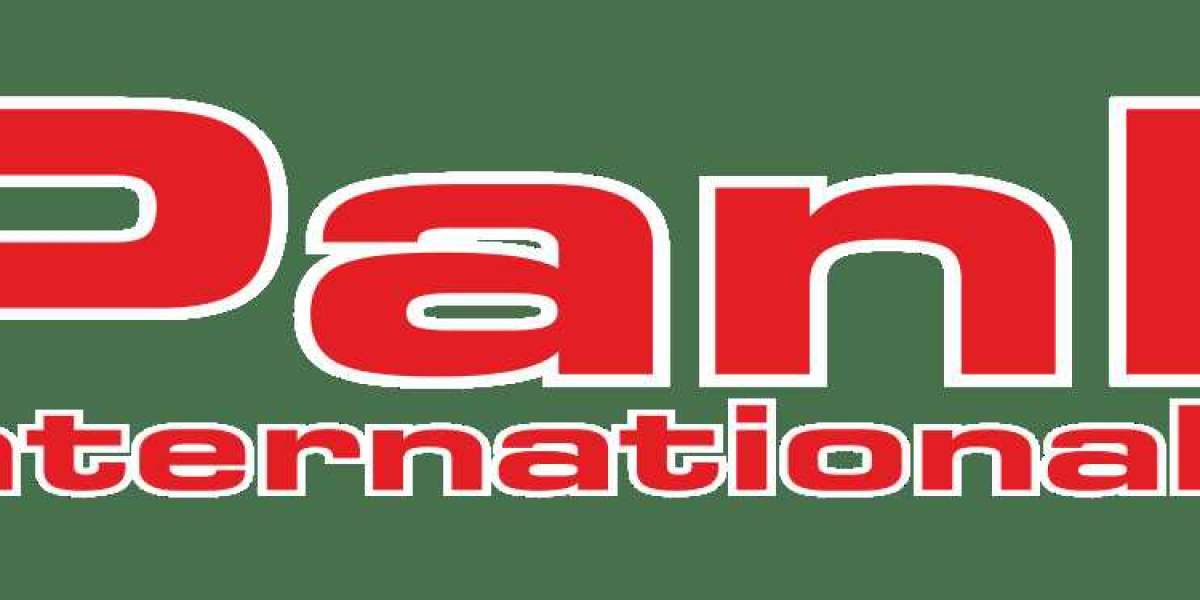In the intricate world of SAP carve-outs, where organizations strategically divest parts of their business operations, navigating the legal and regulatory landscapes is paramount. These transactions involve complex legal considerations that demand careful attention to ensure compliance and mitigate risks effectively.
Understanding Compliance Requirements
One of the primary challenges in SAP carve-outs lies in understanding and adhering to various compliance requirements. This encompasses a multitude of legal aspects, including data privacy regulations like GDPR, industry-specific standards, and contractual obligations with clients and partners. Failure to comply with these regulations can result in severe consequences, such as hefty fines, reputational damage, and legal liabilities.
Intellectual Property Rights and Licensing
Intellectual property (IP) rights are another critical aspect to address in SAP carve-outs. Organizations must meticulously assess their IP portfolio, including patents, trademarks, and copyrights, to determine what assets will be transferred or licensed during the carve-out process. Additionally, licensing agreements for SAP software and related technologies must be reviewed to ensure compliance with contractual terms and conditions.
Contractual Obligations and Liabilities
Carve-out transactions often entail the transfer of contracts and agreements related to various aspects of the business, such as customer relationships, supply chain arrangements, and service level agreements. It's imperative to conduct a thorough review of existing contracts to identify any change-of-control provisions, termination clauses, or assignment restrictions that may impact the carve-out process. Failure to address these contractual obligations can lead to disputes, litigation, and financial liabilities down the line.
Data Protection and Privacy
Data protection and privacy have emerged as significant concerns in SAP carve-outs, given the increasing regulatory scrutiny and the growing volume of sensitive data handled by organizations. Ensuring compliance with data protection laws, implementing robust data security measures, and establishing data transfer mechanisms are essential steps to safeguarding data integrity and privacy throughout the carve-out process.
Conclusion
In conclusion, navigating the legal and regulatory implications of SAP carve-outs requires a comprehensive understanding of compliance requirements, intellectual property rights, contractual obligations, and data protection considerations. By proactively addressing these legal aspects and collaborating closely with legal counsel and regulatory experts, organizations can mitigate risks, ensure compliance, and facilitate a smooth transition during the carve-out process.








